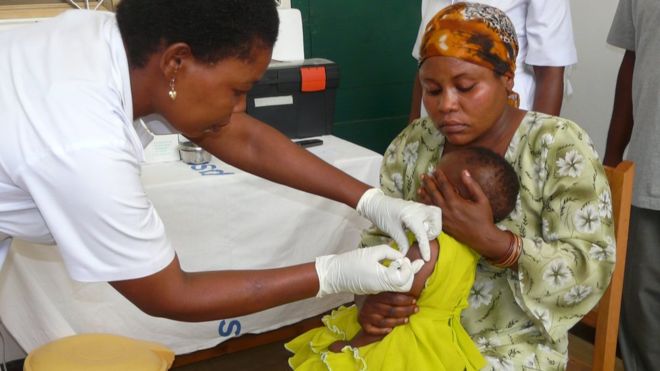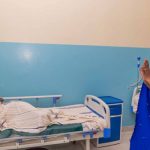The World Health Organization is working with manufacturers to increase malaria vaccine supplies to meet global demands.
WHO has acknowledged that even though the vaccine is an important addition to the fight against malaria, they are alive to the global limitation in supply.
The RTSS vaccine is a recommendation to reach many more communities and children.
According to Kenya Country Representative Dr Abdourahmane Diallo, WHO has developed an allocation framework to ensure equity and fairness for access to limited vaccine supply.
“The allocation of the vaccine will not be provided to all areas at the same time, but more areas will be covered as global vaccine availability increases,” Diallo said.
Additionally, GAVI has approved funding for malaria vaccine introduction into routine immunisation and will support the continuation of vaccination beyond the pilot period that will end this year.

The official noted that high, equitable vaccine coverage achieved during pilot introductions showed high community demand, health worker acceptability, and capacity of countries to effectively deliver the vaccine.
The WHO has recommended the widespread use of the RTSS malaria vaccine among children in sub-Saharan Africa and in other regions with moderate to high plasmodium falciparum malaria transmission.
The recommendation was based on results from the ongoing pilot programme in Ghana, Kenya and Malawi that had reached more than 800, 000 children by October 2021.
By the end of December 2022, a total of 1,052,826 doses had been administered in Kenya with 367,360 children having received the first dose, through a routine immunisation programme under the leadership of the Ministry of Health.
The ministry on Tuesday scaled up malaria vaccination using the RTSS jab to an additional 25 subcounties in western Kenya.


